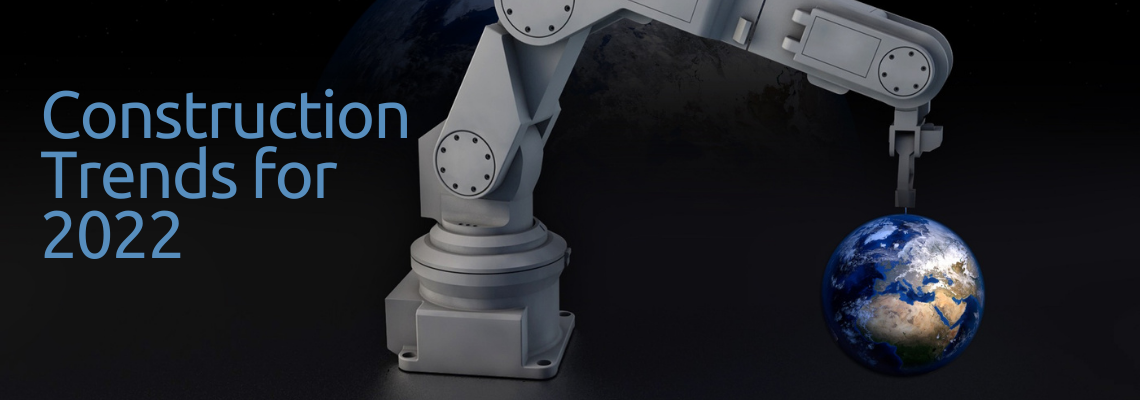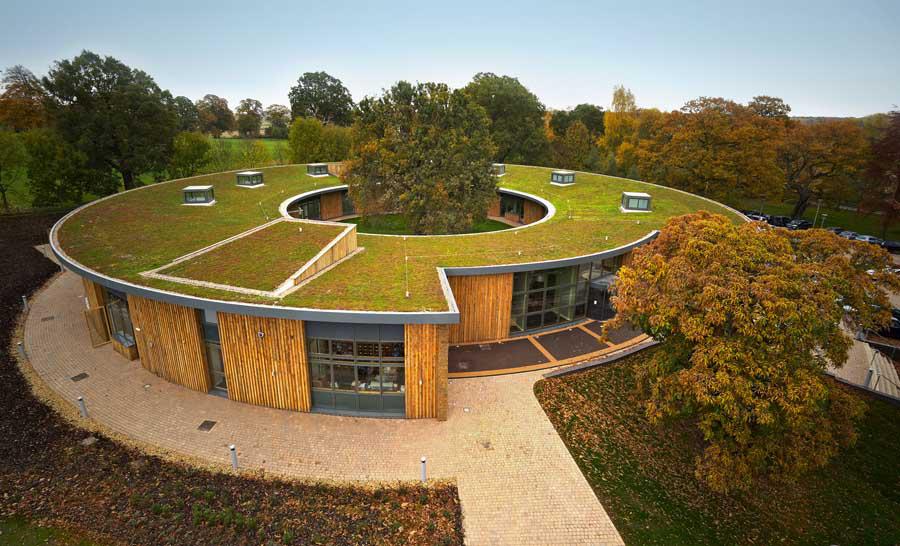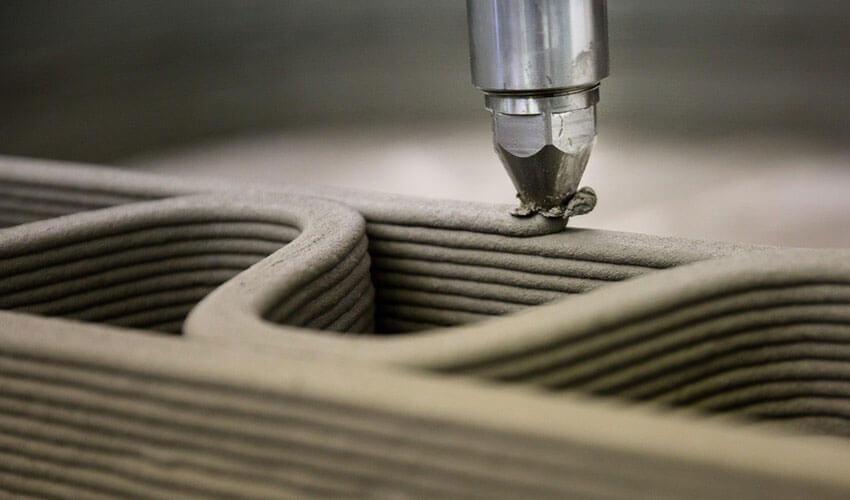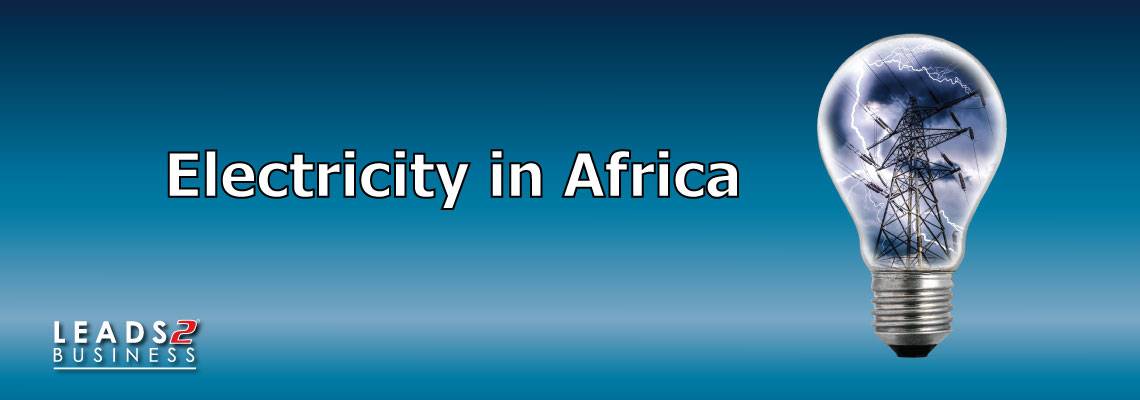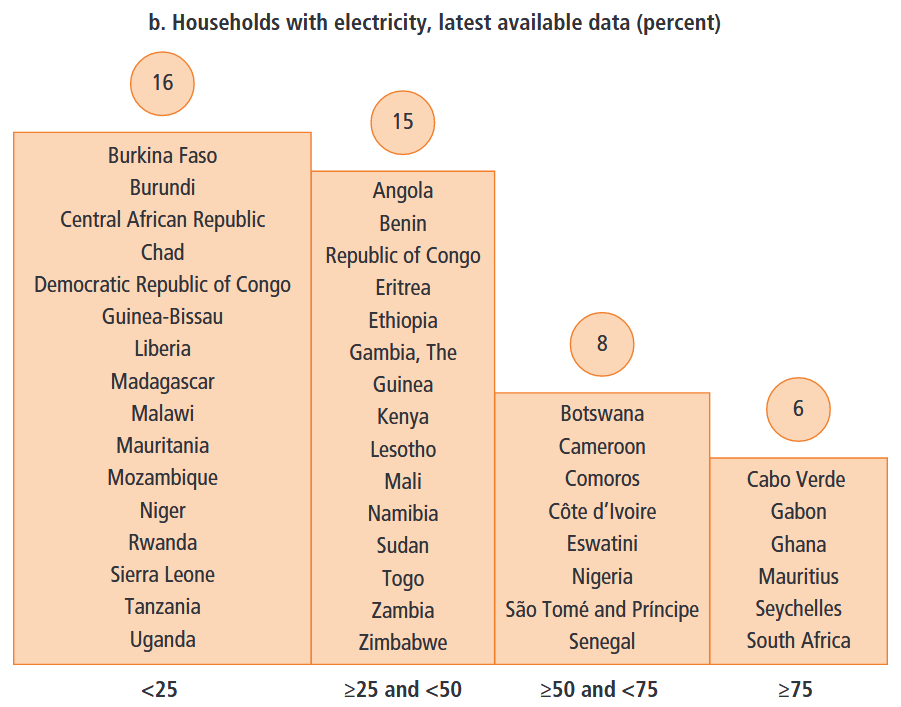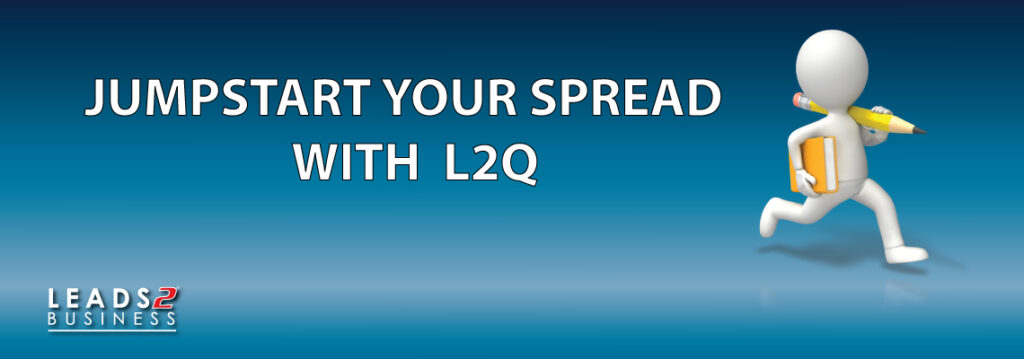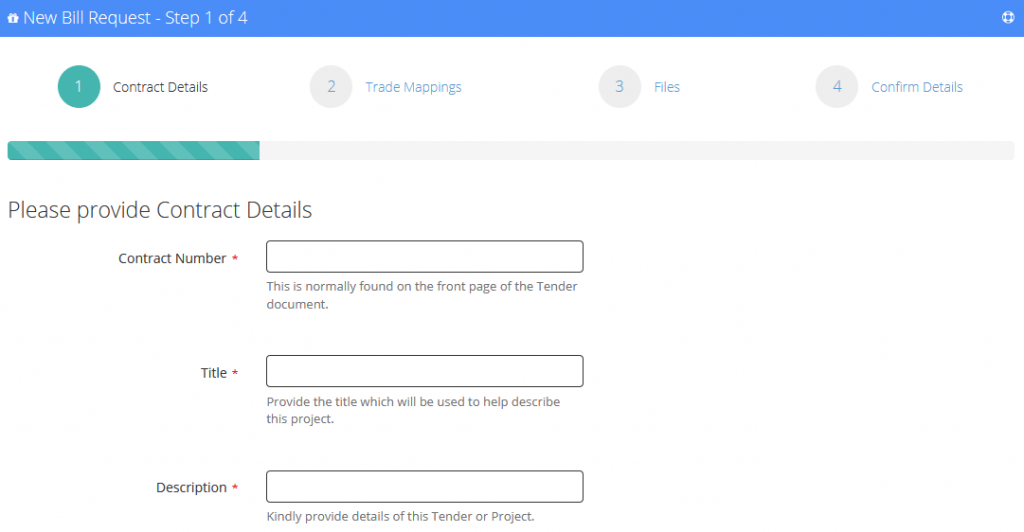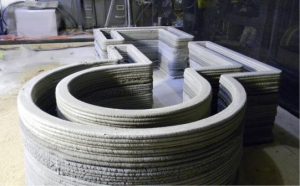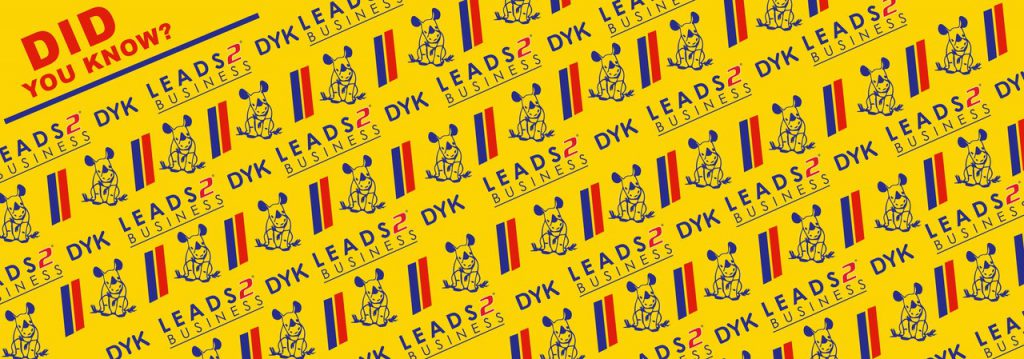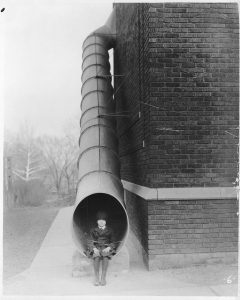
“It is not how we give but how much love we put into giving” – Mother Teresa.
There is nothing more rewarding than being able to help another being, whether it be a person, an animal or anything else that is close to your heart. In my personal experience, I’ve had the privilege of fostering dogs and it is something that I will cherish forever, probably do for the rest of my life, and always try to encourage others to try. I have never felt a more fufilled, enriched feeling in my life, knowing that I played a small positive part in another’s life.
I believe life is about giving and not taking. Giving has been proven to decrease blood pressure and reduce stress. This makes absolute sense to me, it’s a no-brainer. It feels good right down to your soul when you are able to give. Giving is an absolute selfless act and should never be done wanting a return. Giving is contagious and inspires others to do the same.
There are thousands and thousands of non-profit organisations and charities in South Africa that you can get involved in as an individual or as a company. Donations or volunteering allows companies to take interest in their own communities and can also increase team spirit and morale. If a company chooses to make a corporate donation, workplace values can improve with increased employee involvement and a positive attitude.
Take time to choose the correct organisation that your company would like to donate to. Making contributions to charities that truly mean a lot to your business, whether it be for children in need, advocating to protect the environment, or helping animals in need, is better than just doing it for the sake of making contributions. You might find more than one organization or charity that fits your business, and if you are able to, provide contributions to multiple charities.
There are various benefits of a company supporting a non-profit organisation or a charity:
- Staff will feel good about working for a company that gives back
- Customers/clients are more likely to feel good about supporting a company that donates to charity / NPO which could then lead to a more loyal customer base
- Charitable giving shows that you give back to the community and are in business for more than profit
- There is more to donating to charity than receiving tax benefits.
There are different ways that a business can donate to charity. Although monetary donations are the most common, there are many other options. Let’s have a look:
- Volunteering: Instead of giving money, donate your time. Volunteer as a company at a soup kitchen, at an animal shelter, picking up litter on our beautiful beaches and so many more. It is often so much more rewarding giving your time.
- Volunteer work offers many of the same benefits as a generous monetary gift, and it sends a strong, positive message to customers and your business community.
- A charity drive: Start a collection, a food drive, a blanket drive, gathering toiletries for a homeless shelter and the list goes on;
- Donate online: Set up a monthly debit order, which allows you to donate to a charity every month.
Charity teaches the next generation about generosity.
Generosity creates a more compassionate, community-focused world. Showing and enlightening children about the value of generosity and selflessness makes it more likely they will continue to give as they grow older. Teaching children to care about others is an important life lesson. When children see you give whether it be monetary or by volunteering, they will grow up knowing that giving back is such an important and selfless thing to do.
Charity is also important as it raises awareness of issues that many may not even know about and gives companies and individuals the power to do something about them.
In Conclusion, most people want to help those around them. If you are passionate about something, whatever it may be, get involved. We often think about how can someone as small and insignificant as ourselves can make a difference, but if everyone did something small in some way, it will then make an enormous difference. Change happens when people stand together! Charities need your help to continue their selfless initiatives and giving can feel just as good as receiving!
Sources:
Business News Daily
Cone Health
The Important Site
Canada Helps
To view more Articles, please visit our Leads 2 Business Blog.
If you are interested in becoming one of our subscribers, please visit Leads 2 Business.
To view notes with screenshots on how to use our website, please visit Leads 2 Business Wiki.
About Bianca Edgcumbe
I started working at Leads 2 Business in May 2013 in the Africa Tenders Department. I worked my way to the Leads 2 Quotes Department in September 2016 and have been there ever since.


